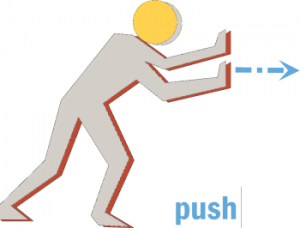Force in the early years: Difference between revisions
From OER in Education
No edit summary |
No edit summary |
||
| Line 4: | Line 4: | ||
|title=Force in the early years | |title=Force in the early years | ||
|tagline=Thinking about the language of force... | |tagline=Thinking about the language of force... | ||
|topic= | |topic=Force | ||
|subject=Science | |subject=Science | ||
|resourcenumber=TE009 | |resourcenumber=TE009 | ||
Revision as of 12:58, 30 September 2012
Thinking about the language of force...
Teaching approach. This lesson idea highlights the scientific language(ta) around the topic of force, and through group work(ta) and whole class(ta) dialogue(ta) engages pupils in inquiry(ta) and the scientific method(ta) surrounding force. (edit)
| Resource details | |
| Title | Force in the early years |
| Topic | [[Topics/Force|Force]] |
| Teaching approach | [[Teaching Approaches/Dialogue|Dialogue]], [[Teaching Approaches/Whole class|Whole class]], [[Teaching Approaches/Language|Language]], [[Teaching Approaches/Group work|Group work]], [[Teaching Approaches/Inquiry|Inquiry]], [[Teaching Approaches/Scientific method|Scientific method]] |
| Learning Objectives |
|
| Format / structure | A 4 page lesson |
| Subject | [[Resources/Science|Science]] |
| Age of students / grade | [[Resources/Primary|Primary]]
|
| Related ORBIT Wiki Resources | |
| Files and resources to view and download |
|

